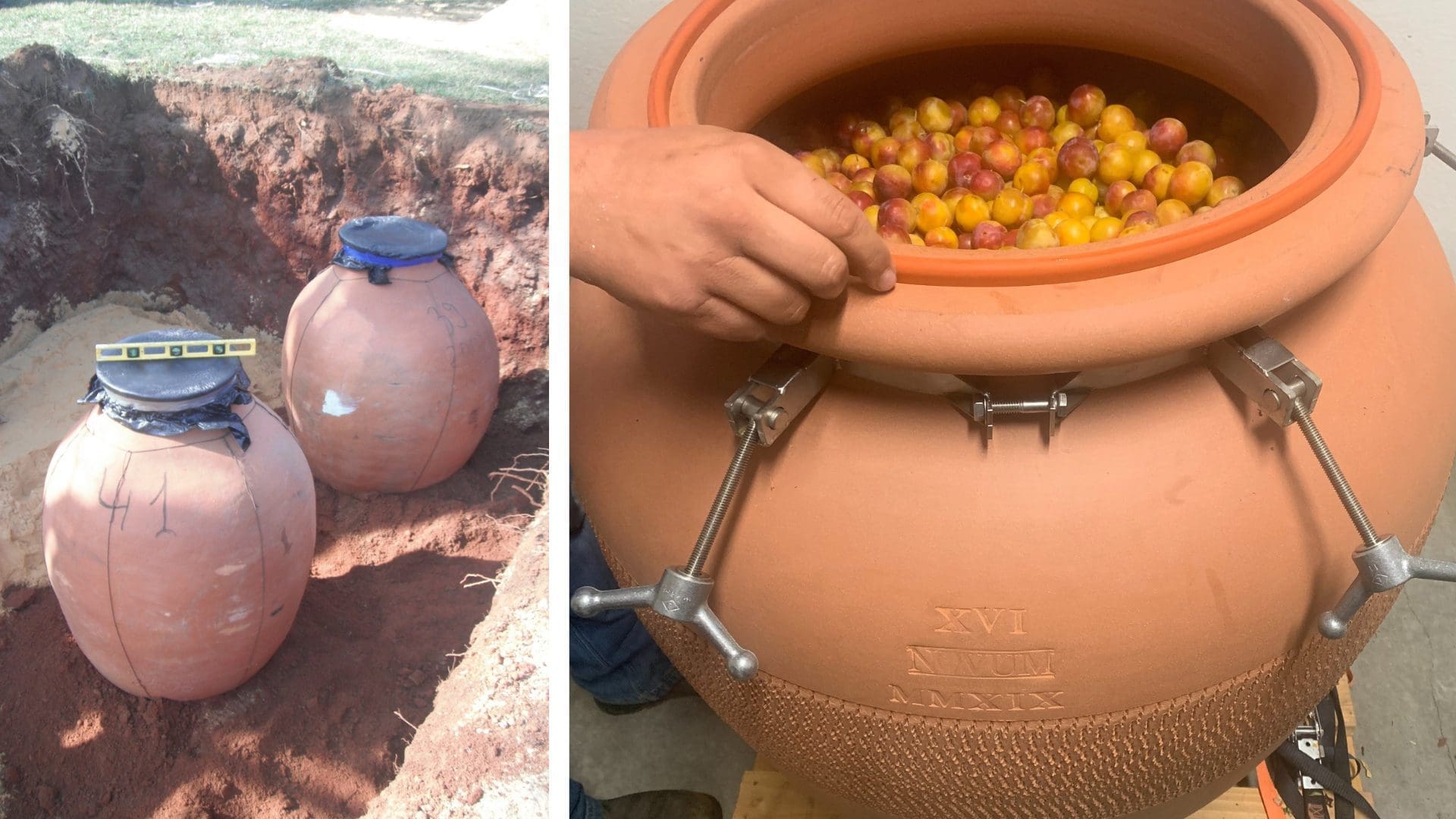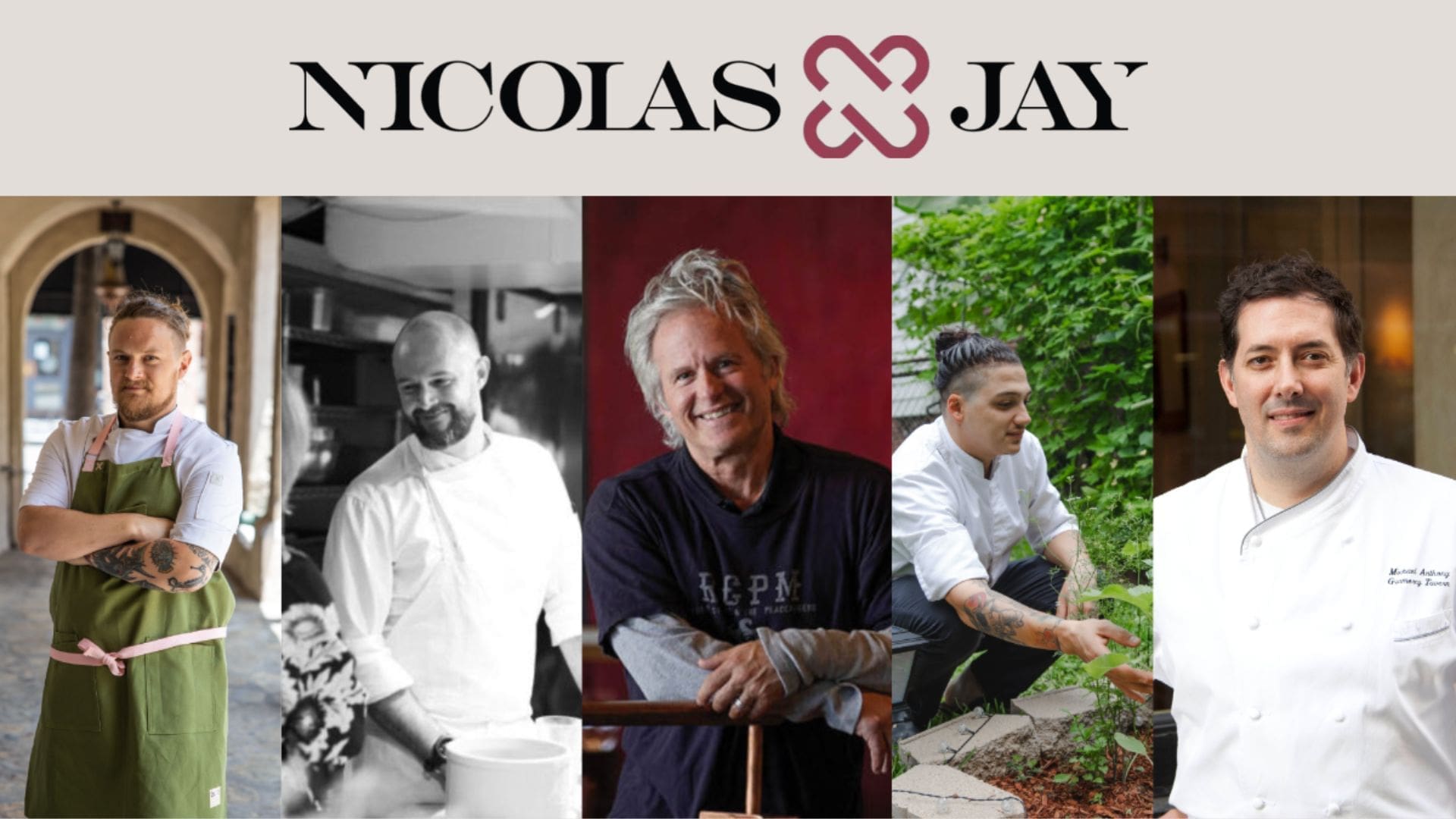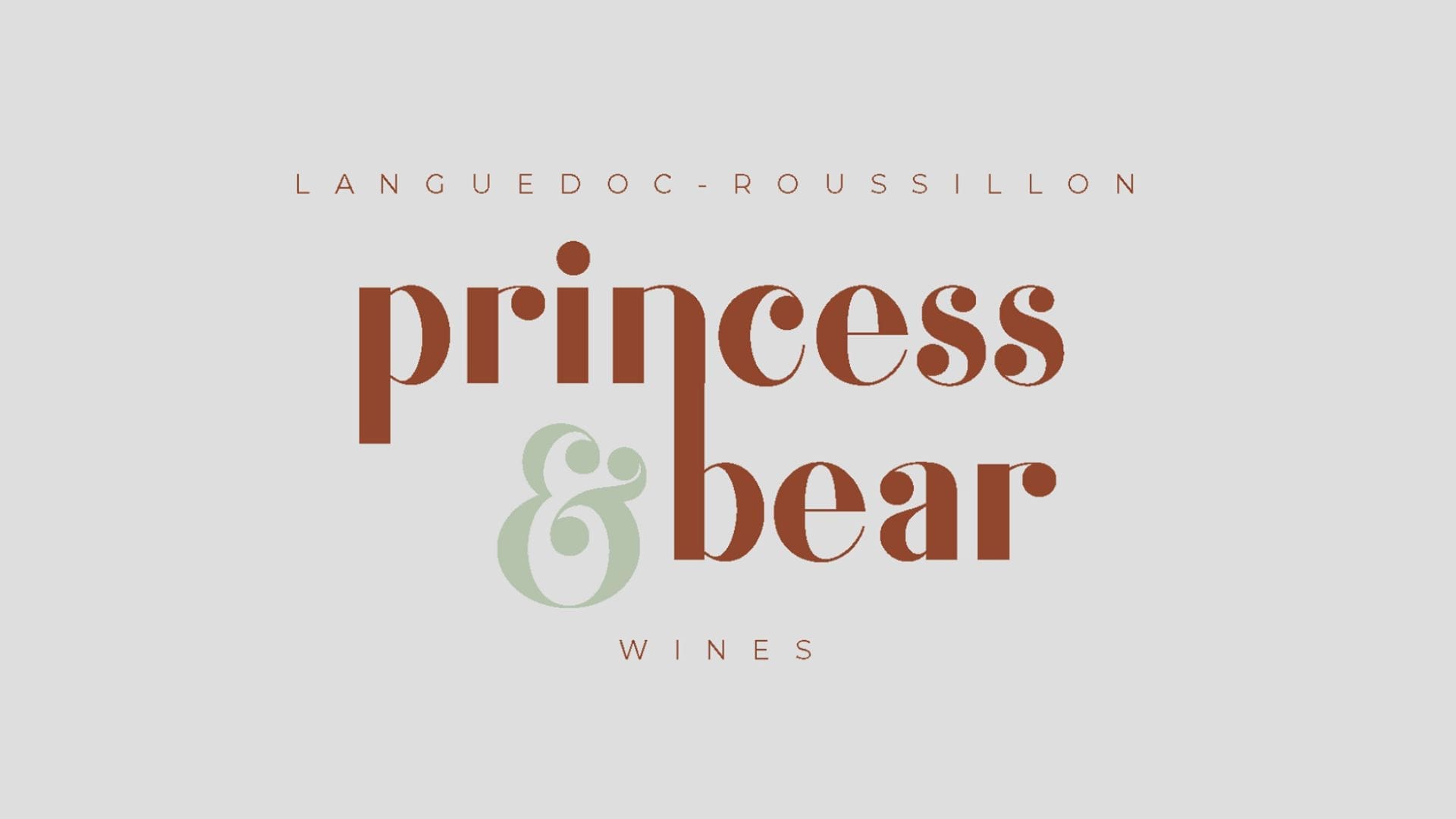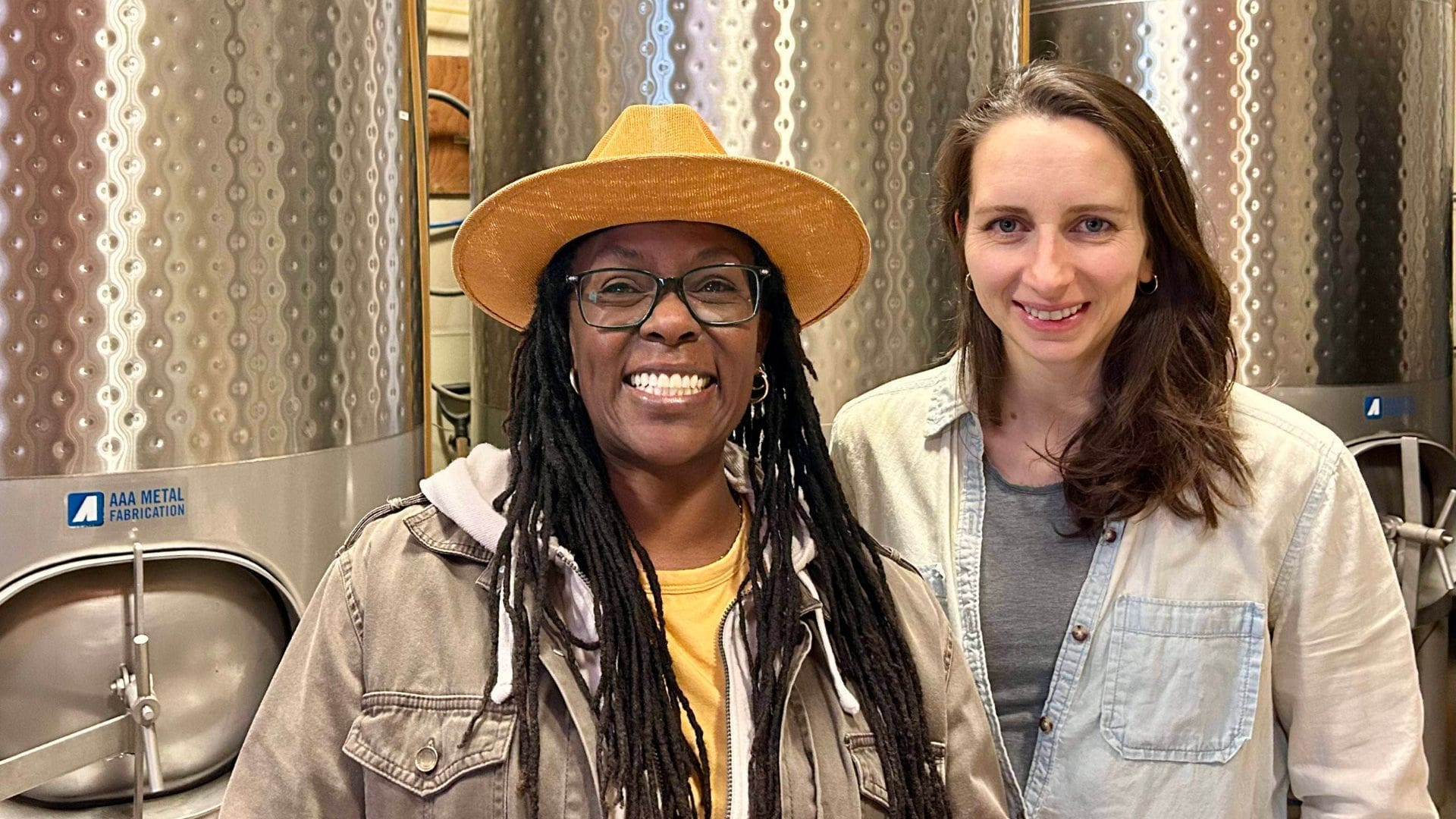Producers around the U.S. are utilizing amphora and qvevri to make dynamic bottlings
A piece of earthy red terracotta, roughly the size of a person, sits atop a pottery wheel. Andrew Beckham holds a small waterlogged sponge up against it to smooth out any lumps as it completes about one full rotation per second. Upon closer inspection, you realize it’s a giant clay pot also known as amphora, which is one of the oldest winemaking vessels in the world. And now, these ancient vessels are being used by cidermakers throughout the United States.

What are amphora? A very condensed history
There are several types of clay vessels that have been utilized by humans for centuries. Perhaps the most well-known are the amphora, which tend to have rounder thicker bodies and narrow necks. The first evidence of these pots traces back to the Canaanites in 2000 B.C. They hailed from what is now Israel, Lebanon, Syria and Jordan.
Qvevris, known for their egg-shape, can be traced back to 6000 B.C. Georgia, often called the birthplace of wine. The history of amphora or qvevri in cidermaking isn’t as clear. However, people have been making cider since at least 55 B.C. and perhaps even earlier. So it stands to reason some of those early versions may have come into contact with a clay vessel or two.

The early adopters (relatively speaking)
Beckham, co-owner and winemaker of Beckham Estate Vineyard in Oregon and potter and owner of Novum Ceramics, fell in love with pottery during his first year of high school.
Fast forward to 2004, Beckham and his wife bought the property that is now Beckham Estate with the intention of setting up a pottery studio.
“Then my wife showed me an article on Elisabetta Foradori, a winemaker in northern Italy, who uses amphora,” Beckham says. “I looked at the pictures in the magazine and said ‘I could make those.’ And so I went to the clay shop, bought some terracotta, and started making vessels.”
They launched their first commercial line in 2012.
Throughout the years, Beckham developed his technique and the shape of the pots and “discovered these vessels have wonderful kinetic potential if the shape and proportions are correct.” Today, the ones he makes are a single slab of clay, so there’s no binding, and the amphora’s proportions are measured using the golden ratio.
It was that kind of energy Dan Rinke, co-owner, cidermaker and winemaker of Art+Science in Oregon was looking for when he became the first cidermaker to purchase one of Beckham’s amphora.
“I was interested in alternative fermentation vessels,” he says. “I had never really been a fan of stainless steel tanks for fermenting or aging. It’s just kind of soulless.” Currently, Art+Science uses their amphora to make co-ferments with plums and apples, grape wine, and apple-only ciders.
The same could be said for Stuart J. Madany, former cidermaker and orchard manager of Castle Hill in Virginia, very likely the first in the U.S. to import a qvevri from Georgia. Castle Hill launched their qvevri cider in 2011. Madany was also drawn to these vessels for their history, sustainability and energy they could bring to fermentation. Madany studied the work of Victor Schauberger, a forest warden who was also a contemporary of Rudolf Steiner, the man who created biodynamic wines.
“Schauberger had this way of creating compost that was super charged with subtle energy,” says Madany. “And he created it by digging an egg shaped hole in the ground and having the compost happen in there. So when I found out the oldest form of winemaking used a vessel with a similar shape, I found it really interesting.”
After much trial and error, Madany eventually crafted Levity cider, a blend of different apple varieties. The name is also inspired by Schauberger.
As Schauberger noted, “Gravity and levity are complementary forces in nature,” says Madany. “Schauberger once said ‘Newton should have asked himself how that apple got up there in the first place.’ It’s the lifeforce of levity that allows trees to grow upwards, us to stand up right, etc.”
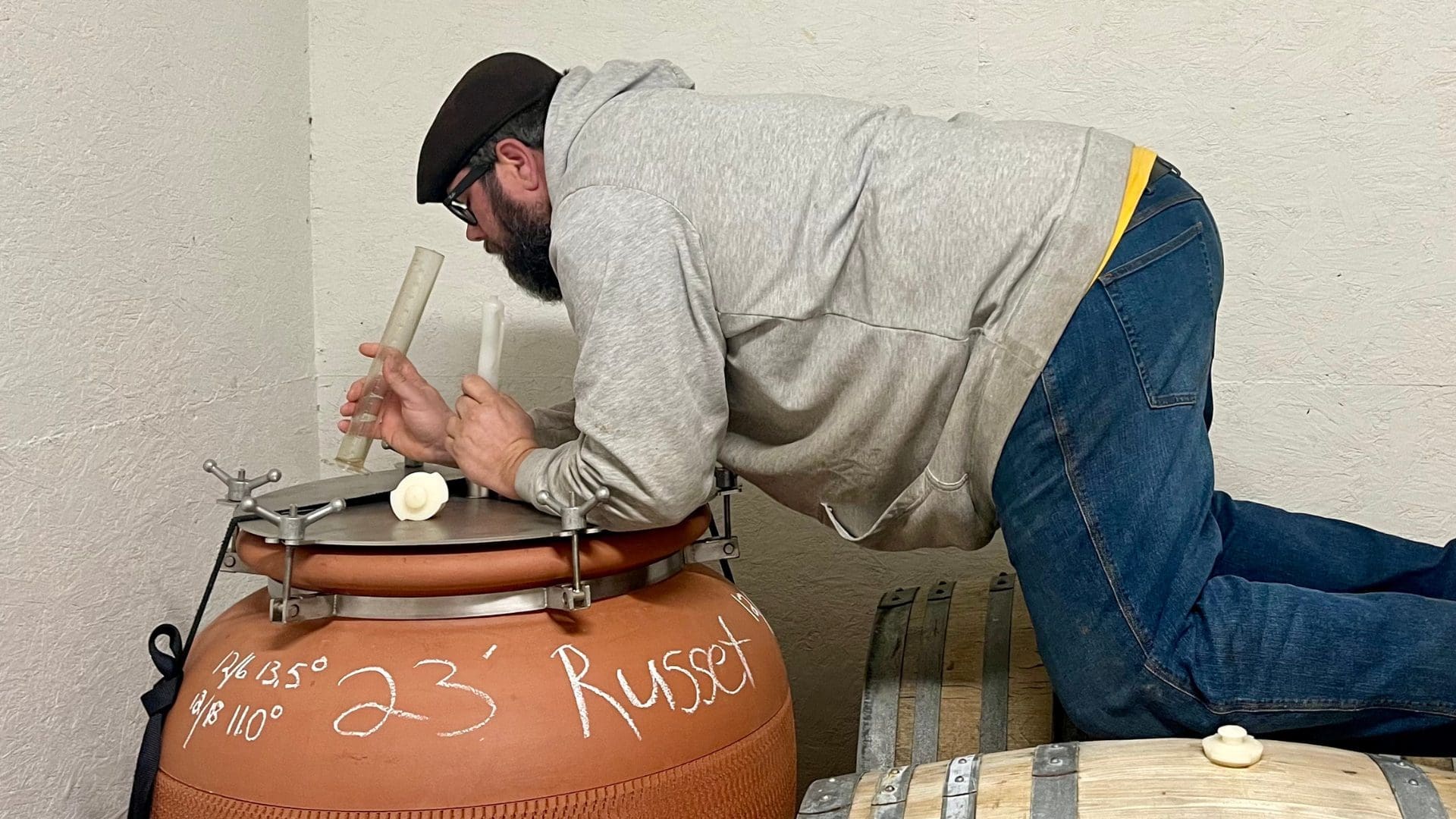
What’s it like working with amphora? (And how are the ciders?)
Since Madany and Rinke, other cidermakers have started using amphora. Like Christine Walter, owner and head cidermaker of Bauman’s Cider in Oregon. She first became interested in using amphora when she read about the work Beckham was doing in their alumni newsletter (they went to the same college).
“I am on my fourth batch of amphora cider,” says Walter. “I have used it for both fermentation and aging. I find that it accelerates the process because the shape of the vessel just allows for kinetics of the fermentation. Regardless if I am fermenting or aging, it’s maybe a third of the time it takes in stainless.” As for the ciders? Walter says it changes the pH a little bit, which can change the perception of the acid profile in the cider. So it’s important to be mindful of what you choose to ferment in amphora.
“If you age something in oak, you’ll get tannins and acid from the wood,” she says. “But with amphora, it’s almost the opposite of that. It almost pulls those elements out. And instead it gives it a base mineral earth texture. It’s a really cool effect in wine, and can ground an especially volatile and heavy one. But I am still working on it with cider. I find it works best with some of our co-ferments.”
In North Carolina, co-owners Lyndon Smith and Kether Smith are using the solera method in amphora to make co-ferments.
“They’re incredibly mineral-driven,” says Smith. “And they are some of the most alive and dynamic ciders that we’ve made.” Smith goes on to explain that when they bottle the cider it changes pretty drastically from one month to the next. He calls it a “snap-shot in time.”

Looking Ahead
Naturally, there’s still a lot of trial and error when it comes to utilizing these vessels for cidermaking. For instance, when Madany first got the qvevris in the ground, he had to contend with the East Coast’s major shifts in temperature — something the qvevri makers in Georgia told him would be impossible. He and his team also had to figure out how to properly seal the vessels, what type of beeswax to coat them in, and how ciders ferment or age in them. Because, as Walter noted, aging and fermentation happens quicker in these clay pots than in other vessels.
Additionally, much like how producers are still parsing out which varieties of apple make good cider, these cidermakers are figuring out which apples lend themselves well to amphora. Walter for instance, wants to start utilizing the amphora for single-varietal ciders. Currently, she’s utilizing it to age Golden Russet and has plans to ferment crab apples.
“I know how they ferment in stainless,” she says. “Now I want to see how they do in amphora.”
Similarly, Rinke would like to continue experimenting with apple-only ciders, wines, co-ferments and perries. Smith would like to experiment blending amphora-aged ciders, wines and co-ferments with their barrel-rested and stainless steel counterparts.
As cidermakers continue to innovate and push the category forward, they are also acknowledging the practices of the past. “Amphora are the oldest winemaking vessels,” says Smith. “So there’s just something very romantic about using them.”

